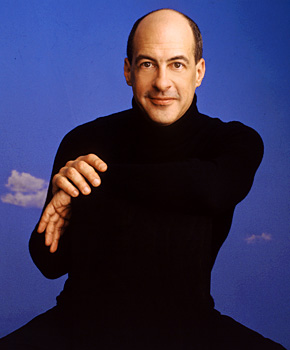Bringing the season to a grand and inspiring conclusion is Beethoven’s monumental Ninth Symphony. Since his early twenties, Beethoven had wanted to write music for Schiller’s Ode to Joy, a glorified drinking song with a strong humanistic message. It had been ten years since he’d composed a symphony, and he was anxious to get on paper all the ideas which had been percolating in his imagination for thirty years. By the time of the work’s premiere, Beethoven was completely deaf. Although he beat time for the orchestra, the real conducting was done by someone else. At the end of the piece, he was still hunched over the score until one of the singers turned him around so he could see the applause he was unable to hear. This magnificent work takes us on a journey from darkness to light, culminating in a transcendent and unforgettable finale. Performed by a lineup of remarkable soloists and the combined forces of the Seraphic Fire Professional Choral Institute and Kantorei, the Ninth will top off the season with a message of hope and unity.
Stravinsky’s beloved ballet Petrushka, with its scintillating and cinematic score, opens the program. In great detail, the orchestra tells the story of a puppet who is in love with a ballerina and is eventually slain by her rival, the Moor. Or is he? In the final moments, Petrushka appears on the roof, thumbing his nose. This, according to Stravinsky, "is the real Petrushka, and his appearance at the end makes the Petrushka of the preceding play a mere doll." Four scenes make up the action, with the first and last taking place on a square in St. Petersburg, with bustling and dancing crowds. The two middle sections deal with the individual characters. Brilliant orchestral colors and bold rhythms make this one of the most invigorating ballet scores of all time.
Cap off the Beethoven 250th anniversary season with the composer’s most exalted work.

 Back to List
Back to List